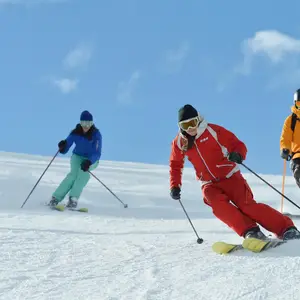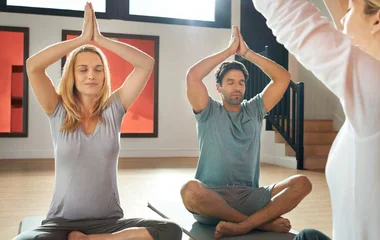
Nail the fundamental skills
The first rule of thumb is to make sure you’re using all the fundamental skills of skiing well on the easier runs. A black run isn’t any different from a blue or green: you use the same skills, but the gradient and the environmental conditions (such as ice or bumps) will make it more challenging for intermediates.
“The difference between getting down a slope and really skiing it – feeling like you’ve conquered it – is about good execution of the fundamental skills” , says BASI ski instructor Steve Marsh from The Development Centre in Val d’Isere. _“If you can nail all the basics really well, it will help you master the mountain better as you progress to intermediate skiing.” _
_“A lot of people skip through things – for example, they might be a little lazy about standing on the outside ski – which will make steeper slopes hard. Good posture and balance, and being able to rotate the skis, will allow you to help set up the turn better.” _













